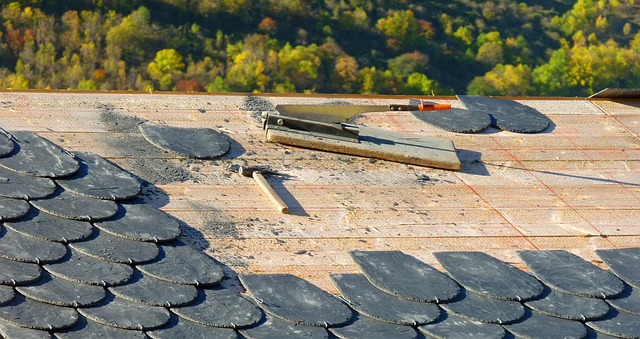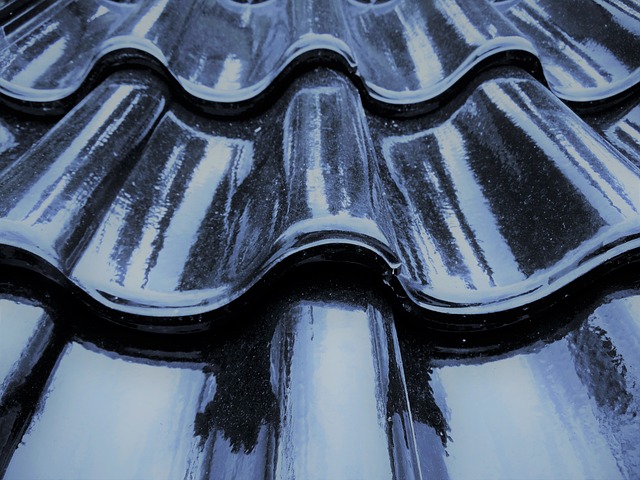Flashing, vital for preventing water leaks around chimneys and skylights, can be damaged by weather, incorrect installation, or age, leading to structural damage. Regular inspection by a licensed roofer is key to maintaining its integrity. When repairing or replacing flashing, homeowners should assess damage extent and roof age, opting for full replacement for severe issues or minor repairs for less critical problems. Effective communication and detailed planning with a qualified roofer ensure successful, code-compliant results, preserving your home's structural integrity and preventing future leaks.
“Keep your home’s protective barrier intact with expert advice on chimney and skylight flashing repairs or replacements. Flashing, a crucial component often overlooked, acts as a vital water shield for these openings. This article guides you through understanding its significance, recognizing common issues, and making informed decisions. From evaluating repair vs. replacement to hiring the right roofer, we equip you with knowledge to ensure a successful project and maintain a dry, safe home environment.”
- Understanding Flashing: Its Role and Common Issues
- Repair vs Replace: Evaluating Your Options
- Hiring a Roofer: Tips for a Successful Project
Understanding Flashing: Its Role and Common Issues

Flashing is a crucial component in roofing systems, particularly around features like chimneys and skylights. Its primary role is to prevent water from seeping into joints and gaps, offering an extra layer of protection against leaks. Typically made of metal or synthetic materials, flashing is designed to withstand the elements while creating a watertight seal where the roof meets these protrusions.
Common issues with flashing include damage from extreme weather, incorrect installation, or age-related deterioration. Over time, flashing can become cracked, corroded, or dislodged, allowing water penetration and potentially causing significant structural damage to the building. A roofer should regularly inspect and maintain this critical component, ensuring it remains in top condition to safeguard the integrity of the roofing system.
Repair vs Replace: Evaluating Your Options

When it comes to repairing or replacing flashing around chimneys and skylights, a crucial decision for any homeowner is evaluating your options. A roofer might recommend a full replacement if the existing flashing is severely damaged, corroded, or no longer sealed effectively. However, a simple repair could be sufficient if the damage is minimal, such as loose or missing shingles, cracked seals, or corrosion in specific areas.
Considering the age of your roof and the overall condition of the flashing, repairs might offer a temporary solution while a full replacement provides long-term durability. A roofer can assess and advise on the best course of action, ensuring the work is done efficiently and effectively to maintain the integrity of your home’s structure and prevent future leaks.
Hiring a Roofer: Tips for a Successful Project

When it comes to repairing or replacing flashing around chimneys and skylights, hiring a professional roofer is essential for a successful project. Look for a licensed and insured contractor with extensive experience in these specific tasks. Ask for references and check online reviews to gauge their reputation and workmanship. A good roofer will assess the damage, provide transparent pricing, and offer various solutions tailored to your needs.
Before hiring, ensure the roofer is well-versed in local building codes and has the necessary tools and materials. They should be able to explain the process clearly, address any concerns, and provide a detailed plan for completion. Regular communication and on-site updates during the project are crucial to ensuring your satisfaction and peace of mind.
When it comes to maintaining your roof’s integrity, addressing flashing issues around chimneys and skylights is crucial. Whether you choose to repair or replace, understanding these options and hiring a qualified roofer will ensure a durable solution. By taking proactive steps, you can prevent further damage and safeguard against costly repairs in the future, keeping your home protected for years to come.
